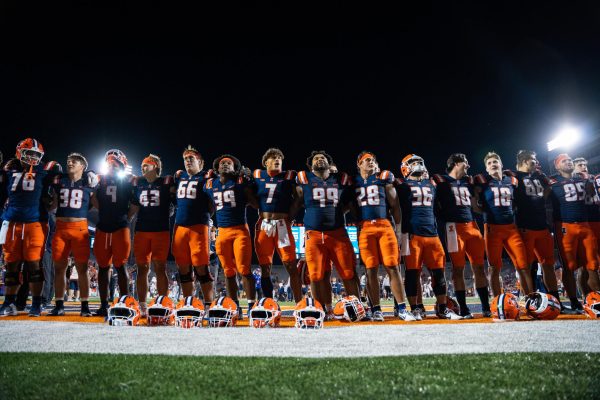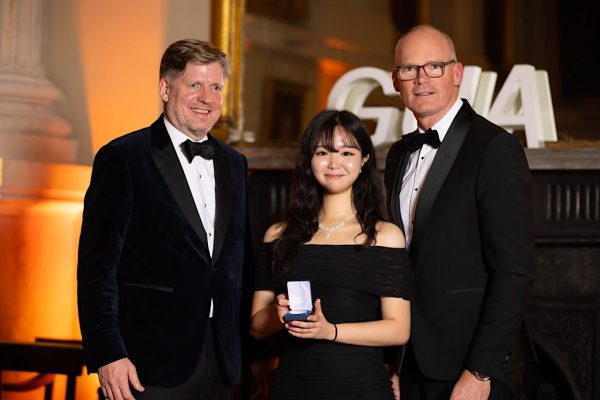Researchers work to change inanimate object’s inability to self-heal
Feb 26, 2017
Last updated on March 8, 2018 at 08:52 a.m.
As living beings, we have the ability to heal on our own and recuperate from our injuries. This process of self-healing is one that is unique to living things.
Researchers at the University’s Beckman Institute for Advanced Science and Technology are working to give inanimate objects the same ability of self-healing. Nancy Sottos, a professor of materials science and engineering, is one of the professors, alongside Jeff Moore and Scott White, working on this research for the Autonomous Materials Systems (AMS) Group.
Sottos explained that the AMS group is developing polymeric materials with autonomous functions that can help control and extend their useful lifetime. The group is working on functions including self-protection to avert damage, self-reporting to show if damage occurs, and self-healing to repair the damage.
Leon Dean, a second year Ph.D. student, is also a part of the AMS group’s work to supply inanimate objects with the ability to self-heal and recover from injuries. In Dean’s personal research, he explained how most of the traditional approaches to self-healing are limited to small scale damages.
Get The Daily Illini in your inbox!
Dean specifically looks at healing larger damages. He focuses on damages in a polymer material, like a hole or puncture in an airplane, and how to have that material regrow and self-heal.
“This is a challenge that hasn’t been addressed for a long time in the field and that is what we’re working on now by applying some unique bio-inspired approaches to solving that problem,” Dean said.
Dean continued to explain the steps that are going toward ensuring the materials created are safe for users.
“Sometimes materials may fail because there are micro-cracks that could grow and cause catastrophic failure. If we were able to heal those micro-cracks before they grow to the size of causing catastrophic failure, then it could be very beneficial towards the safety of people,” Dean explained.
There can be financial benefits from the progress of self-healing research. Although materials in this research are expensive at the moment, if the cost eventually goes down, companies can benefit in the long-run.
Companies will no longer have to replace materials as frequently, because they will be able to self-heal and have longer lifetimes.
“Some of our more recent goals such as autonomous indication and healing and corrosion protection will be realized in the next few years. Bigger visions such as materials that can regenerate are just at the beginning of the research,” Sottos said.





